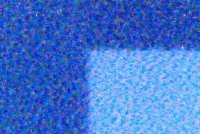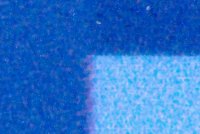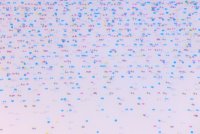- Joined
- Dec 27, 2014
- Messages
- 6,345
- Reaction score
- 7,561
- Points
- 373
- Location
- Germany
- Printer Model
- L805, WF2010, ET8550, T3100X
My P400 shows some problems with the cleaning unit, the ink in one of the caps does not get sucked off anymore. I installed cartridges with a cleaner and put the printer away for some time later to investigate further - wintertime whatever. It is a rather complicated piece of mechanical engineering and getting to the pump etc needs some more steps than just 1..2..3. I revived a WF-2010W which is a low level A4 printer with pigment inks - CMYK - 3 pl. I can run a gloss optimizer via the black channel with a separate cartridge so the unit let me still do some ink - gamut - etc tests.
I'm printing a test image on A5 on Sihl glossy paper - with pigment inks and with dye inks - with the same driver settings - matte paper - which uses the black channel. Colors are slightly different - the prints are not profiled.

I'm scanning just a very smal part of it - the eye of the parrot, this is the print with pigment inks

and this print with dye inks

The droplets with dye inks are less visible than with pigment inks , dye inks - the solvent with the colorant spreads slightly on the paper surface with the coating, pigment inks don't spread that much into the coating - the solvent does and the pigments remain on the surface, the solvent and the pigments separate, and the pigments get a more defined visibility. The driver settings, the droplet size are the same for both prints and scans. These differences are normally not visible, the scans are just a few millimeters wide and only visible with a magnifier or a very close up view.
I'm printing a test image on A5 on Sihl glossy paper - with pigment inks and with dye inks - with the same driver settings - matte paper - which uses the black channel. Colors are slightly different - the prints are not profiled.

I'm scanning just a very smal part of it - the eye of the parrot, this is the print with pigment inks
and this print with dye inks
The droplets with dye inks are less visible than with pigment inks , dye inks - the solvent with the colorant spreads slightly on the paper surface with the coating, pigment inks don't spread that much into the coating - the solvent does and the pigments remain on the surface, the solvent and the pigments separate, and the pigments get a more defined visibility. The driver settings, the droplet size are the same for both prints and scans. These differences are normally not visible, the scans are just a few millimeters wide and only visible with a magnifier or a very close up view.



